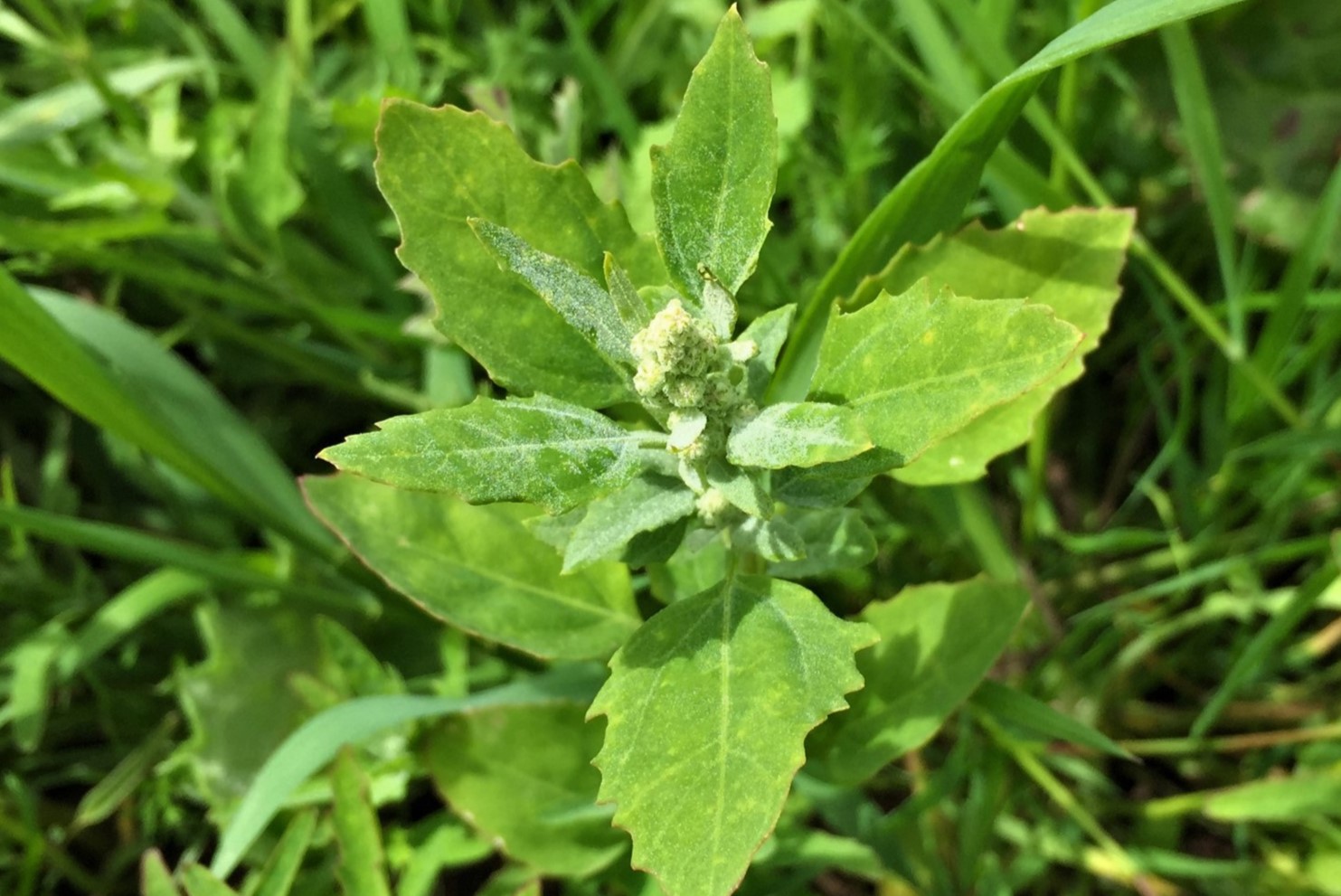
Fat Hen, also known as Chenopodium album, might sound like a funny name, but this plant packs a punch! Found in gardens, fields, and even cracks in the sidewalk, Fat Hen is a common weed with a rich history. Did you know that this plant has been used for food and medicine for centuries? Ancient civilizations like the Greeks and Romans valued it for its nutritional benefits. Today, many people overlook this humble plant, but it’s time to give it a second glance. From its nutrient-rich leaves to its role in traditional remedies, Fat Hen is more than just a pesky weed. Ready to learn some surprising facts about this unassuming plant? Let’s dive in!
Key Takeaways:
- Fat Hen, also known as Chenopodium album, is a nutritious plant with edible leaves rich in vitamins A and C. It was cultivated as a crop in ancient times and has been used in traditional medicine for digestive issues and as a survival food during famines.
- Despite being considered a weed, Fat Hen has positive impacts on the environment, such as preventing soil erosion and attracting beneficial insects for pest control. It can be used in salads, soups, and stews, and birds love its seeds as a natural food source.
What is Fat Hen?
Fat Hen, also known as Chenopodium album, is a common weed found in gardens and fields. Despite its reputation as a nuisance, this plant has a fascinating history and some surprising uses.
-
Edible Leaves: The leaves of Fat Hen are edible and can be cooked like spinach. They are rich in vitamins A and C, making them a nutritious addition to meals.
-
Ancient Crop: This plant was cultivated as a crop in ancient times. Archaeological evidence shows that it was grown for its seeds and leaves.
Nutritional Benefits of Fat Hen
Fat Hen isn't just a weed; it's packed with nutrients that can benefit your health. Here are some of the key nutritional facts about this plant.
-
High in Protein: Fat Hen leaves contain a significant amount of protein, which is essential for muscle growth and repair.
-
Rich in Minerals: The plant is a good source of minerals like calcium, iron, and magnesium, which are crucial for bone health and energy production.
Fat Hen in Traditional Medicine
Throughout history, Fat Hen has been used in various traditional medicine practices. Its medicinal properties are still valued in some cultures today.
-
Digestive Aid: In traditional medicine, Fat Hen has been used to treat digestive issues such as constipation and indigestion.
-
Anti-inflammatory Properties: The plant contains compounds that have anti-inflammatory effects, making it useful for reducing swelling and pain.
Fat Hen in Agriculture
While often considered a weed, Fat Hen can play a role in sustainable agriculture. It has some benefits that farmers might find useful.
-
Soil Health: Fat Hen helps improve soil health by adding organic matter and nutrients back into the soil as it decomposes.
-
Pest Control: The plant can attract beneficial insects that help control pest populations in crops.
Culinary Uses of Fat Hen
Beyond its nutritional and medicinal benefits, Fat Hen can be a versatile ingredient in the kitchen. Here are some ways to incorporate it into your diet.
-
Salads: Young leaves can be added to salads for a fresh, spinach-like flavor.
-
Soups and Stews: The leaves can be cooked and added to soups and stews, providing a nutrient boost.
Environmental Impact of Fat Hen
Fat Hen has both positive and negative impacts on the environment. Understanding these can help manage its growth effectively.
-
Erosion Control: The plant's extensive root system helps prevent soil erosion, especially on slopes and disturbed land.
-
Invasive Species: In some regions, Fat Hen can become invasive, outcompeting native plants and disrupting local ecosystems.
Fun Facts About Fat Hen
Here are some interesting tidbits about Fat Hen that you might not know.
-
Bird Food: Birds love the seeds of Fat Hen, making it a natural food source for many species.
-
Historical Names: The plant has been known by various names throughout history, including "goosefoot" due to the shape of its leaves.
-
Survival Food: During times of famine, Fat Hen has been used as a survival food due to its abundance and nutritional value.
Final Thoughts on Fat Hen
Fat Hen, or Chenopodium album, is more than just a weed. This plant, often overlooked, packs a punch with its nutritional value and medicinal properties. Rich in vitamins A, C, and K, it’s a hidden gem in the plant world. Historically, it’s been used in traditional medicine to treat various ailments, showcasing its versatility. Its seeds, once a staple in ancient diets, are now gaining attention for their high protein content. While it can be a nuisance in gardens, its benefits far outweigh its drawbacks. Next time you spot Fat Hen, remember it’s not just a pesky weed but a valuable plant with a rich history. Embrace its presence and consider incorporating it into your diet or garden. You might just find a new appreciation for this humble plant.
Frequently Asked Questions
Was this page helpful?
Our commitment to delivering trustworthy and engaging content is at the heart of what we do. Each fact on our site is contributed by real users like you, bringing a wealth of diverse insights and information. To ensure the highest standards of accuracy and reliability, our dedicated editors meticulously review each submission. This process guarantees that the facts we share are not only fascinating but also credible. Trust in our commitment to quality and authenticity as you explore and learn with us.


